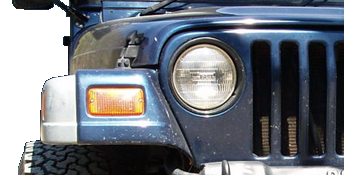Well...one thing about air shocks that I'm not sure about is if they are a linear rate as most coilover springs are. Regardless, you can still calculate what the effective load on the shock is and compare that to what they can handle. I know nothing about air shocks, but I assume there's a limit to what they'll take? I'm sure someone more knowledgeable can chime in and pitch their buck-0-five.
If you know the corner unsprung weight of your rig, divide that by the cosine of the angle of the shock from vertical position, i.e. if your shock is mounted at a 20 degree angle, divide your corner weight by cos(20) and you'll have the load that is on that shock. Example: 1200/cos(20) = 1277.
I hope that helps. If not, I'll go back to my corner and continue eating paste.



